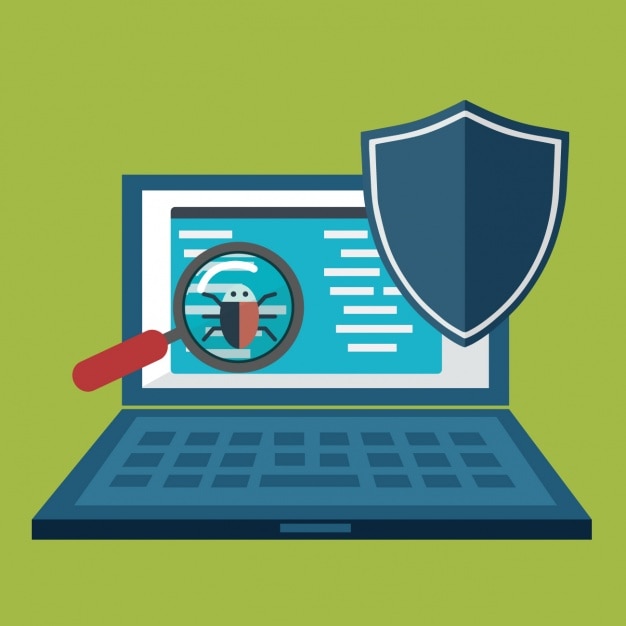Type of Viruses

Resident Virus
Resident viruses live in your RAM memory. It can interfere with normal system operation which can lead to the corruption of files and programs. The most popular examples of resident viruses are CMJ, Meve, MrKlunky, and Randex.
Multipartite Virus
This type of virus can easily spread in your computer system. It is very infectious, performing unauthorized actions in your operating system, in folders, and other programs on the computer. They have the ability to infect both the executable files and the boots sector.
Direct Action Virus
Direct action viruses attack certain types of files, typically .exe and .com files. The main purpose of this virus is to replicate and infect files in folders. On the lighter note, they do not typically delete files or affect PC performance and speed. It can be easily removed by antivirus programs.
Browser Hijacker
This type of virus infects your web browser in which it will bring you to different websites. Typically, if you key in a domain name in the internet address bar, the browser hijacker will open multiple fake websites that may harm your computer. On the other hand, most trusted browsers have built-in features to block them ahead.
Overwrite Virus
From the name itself, this virus overwrites the content of a file, losing the original content. It infects folders, files, and even programs. To delete this virus, you also need to get rid of your file. Thus, it is important to back up your data.
Web Scripting Virus
This virus lives in certain links, ads, image placement, videos, and layout of a website. These may carry malicious codes in which when you click, the viruses will be automatically downloaded or will direct you to malicious websites.
Boot Sector Virus
Boot sector viruses affect floppy disks. They came to existence when floppy disks are important in booting a computer. Although they are not very common today, it is still causing other computer units, especially the outdated ones. Some examples include Polyboot.B and AntiEXE.
Macro Virus
Macro viruses target applications and software that contain macros. These viruses can carry out series of operations affecting the performance of the program or software. Some examples of macro viruses are O97M/Y2K, Bablas, Melissa.A, and Relax.
Directory Virus
Directory viruses change file paths. When you run programs and software that are infected with directory viruses, the virus program also runs in the background. Further, it may be difficult for you to locate the original app or software once infected with directory viruses.
Polymorphic Virus
Polymorphic viruses use a special method of encoding or encryption every time they infect a system. With this, antivirus software finds it hard to locate then using signature searches. They are also capable of replicating easily. Polymorphic viruses include Satan Bug, Elkern, Tuareg, and Marburg.
File Infector Virus
This virus also infects executable files or programs. When you run these programs, the file infector virus is activated as well which can slow down the program and produce other damaging effects. A large block of existing viruses belongs to this category.
Encrypted Virus
This type of virus uses encrypted malicious codes which make antivirus software hard to detect them. They can only be detected when they decrypt themselves during replication. Although they don’t delete files or folders, they can badly affect PC performance.
Companion Virus
This is a type of virus that doesn’t survive without accompanying an existing file or folder. In order to carry out damages, the file or folder being accompanied by companion viruses should be opened or run. Some examples of companion viruses include Terrax.1069, Stator, and Asimov.1539.
Network Virus
Basically, this type of virus spreads out through Local Network Area (LAN) and through the internet. These viruses replicate through shared resources, including drives and folders. When network viruses enter a computer, they look for their potential prey. Dangerous network viruses include Nimda and SQLSlammer.
Nonresident Virus
Nonresident viruses replicate through modules. When the module is executed, it will select one or more files to infect.
Stealth Virus
Stealth viruses trick antivirus software by appearing like they are real files or programs and by intercepting its requests to the OS. Some antivirus software cannot detect them. Sometimes, it temporarily removes itself from the system without deletion.
Sparse Infector
Sparse infectors use different techniques to minimize its detection. They are viruses that infect “occasionally”. For example, they may only want to infect a program every tenth execution. Because they are occasional infectors, antivirus software has a hard time detecting them.
Spacefiller Virus
Also known as “cavity” viruses, spacefillers attach themselves to the file and can alter the start of the program or change the encrypted code. They also implement stealth techniques so that users cannot determine the increase the file code. The most popular Spacefiller is the Lehigh virus.
FAT Virus
Basically, this type of virus ruins file allocation system where the information about files, including the location, exist.
Others
Other threats are not technically called as “virus”, but they also have the same damaging effects as viruses. This includes worms, adware, malware, Trojan, and ransomware. To prevent these viruses from affecting your computer, it is important that you install the best and the most competitive antivirus software that can detect, block, and eliminate all types of computer viruses.

0 Comments:
Post a Comment
Subscribe to Post Comments [Atom]
<< Home